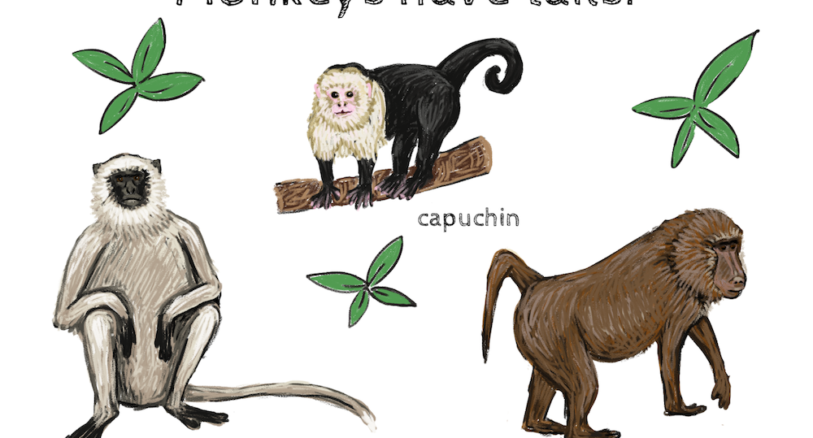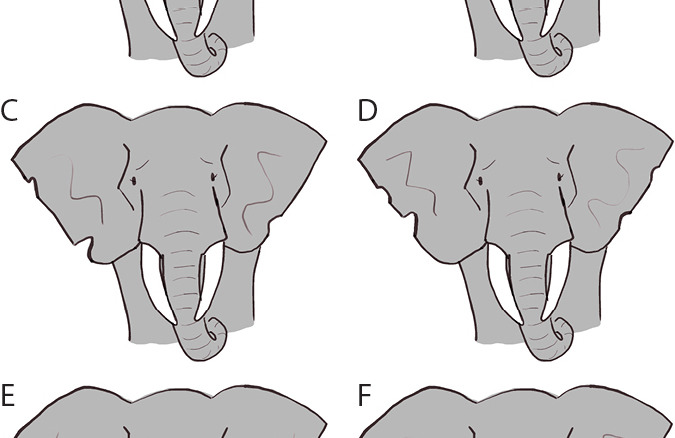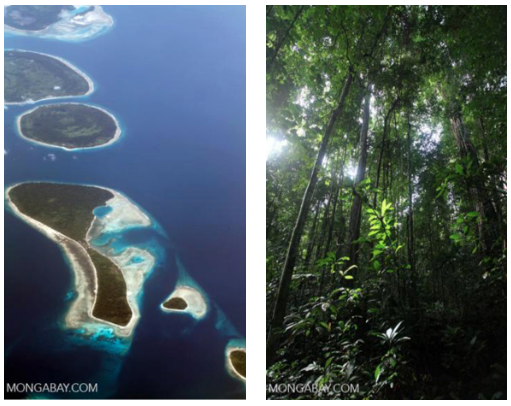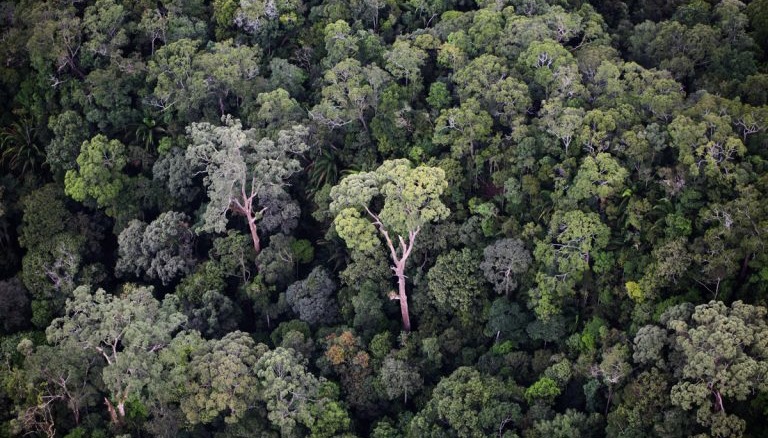Note: This activity is associated with the lesson on photosynthesis.
Activity 1: Photosynthesis mobile
Students can either draw a large circle on a piece of yellow construction paper or paint a paper plate yellow to construct a mobile. They can even add sunrays in any color they choose. They will use the following concepts: photosynthesis, sunlight, leaf, energy, chloroplasts, chlorophyll, stomata, carbon dioxide, water, oxygen, sugar, transpiration, trees, green plants, and roots.
Purpose: To solidify the steps of photosynthesis by creating a colorful mobile that will be showcased in the classroom for all to see.
Materials: Colored construction paper (especially yellow), paper plates, scissors, string, computer, paste or tape, markers, crayons, colored pencils, and yellow paint.
Common Core Standards:
English Language Arts Standards: Reading: Informational Text:
Integration of Knowledge and Ideas:
CCSS.ELA-Literacy.RI.3.7 (third) Use information gained from illustrations (e.g., maps, photographs) and the words in a text to demonstrate understanding of the text (e.g., where, when, why, and how key events occur).
CCSS.ELA-Literacy.RI.3.8 (third) Describe the logical connection between particular sentences and paragraphs in a text (e.g., comparison, cause/effect, first/second/third in a sequence).
Craft and Structure:
CCSS.ELA-Literacy.RI.4.5 (fourth) Describe the overall structure (e.g., chronology, comparison, cause/effect, problem/solution) of events, ideas, concepts, or information in a text or part of a text.
Writing:
Text Types and Purposes:
CCSS.ELA-Literacy.W.3.2a (third) Introduce a topic and group related information together; include illustrations when useful to aiding comprehension.
CCSS.ELA-Literacy.W.4.2a (fourth) Introduce a topic clearly and group related information in paragraphs and sections; include formatting (e.g., headings), illustrations, and multimedia when useful to aiding comprehension.
CCSS.ELA-Literacy.W.5.2a (fifth) Introduce a topic clearly, provide a general observation and focus, and group related information logically; include formatting (e.g., headings), illustrations, and multimedia when useful to aiding comprehension.
Next Generation Science Standards (NGSS):
NGSS Science and Engineering Practices:
Developing and using models:
Develop and/or use models to describe and/or predict phenomena. Develop a diagram or simple physical prototype to convey a proposed object, tool, or process.
Procedure:
- Students can either draw their own pictures on the front side of the mobile or look for images on the Internet. They can also use arrows to signify the movement of carbon dioxide, water, and oxygen.
- Students can punch a hole at the top of the mobile and thread a string through in order to hang up their photosynthesis mobiles.
- Students can write or type their understanding of each step in a table format and paste or tape on the back of their mobile. Note: These colorful mobiles can be showcased in the classroom during Open House, Back to School Night, Parent Conference Week, etc. Parents love to see what their children are learning and students love to share what they have learned with their parents.
Steps of photosynthesis:
First: Trees and plants absorb: (a) water from the ground through their roots; (b) carbon dioxide from the air through tiny openings on the underside of leaves called stomata; and (c) sunlight from the sun by tiny organelles on the surface of leaves called chloroplasts.
Second: These chloroplasts contain chlorophyll (a green pigment). When sunlight shines on the surface of a leaf, the light energy is trapped by the
chlorophyll. This energy is used to drive chemical reactions.
Third: This chemical reaction consists of carbon dioxide (absorbed through
stomata) and water. [Note: When the stomata open to absorb carbon dioxide, they also lose water (transpiration, Lesson 1).] However, water absorbed from tree and/or plant roots and carbon dioxide undergo a chemical reaction and are converted (synthesized) into sugar and oxygen. Both oxygen and water are released into Earth’s atmosphere and the sugar remains inside the tree and/or plant leaves. Trees and plants use sugar as energy and store the rest.





